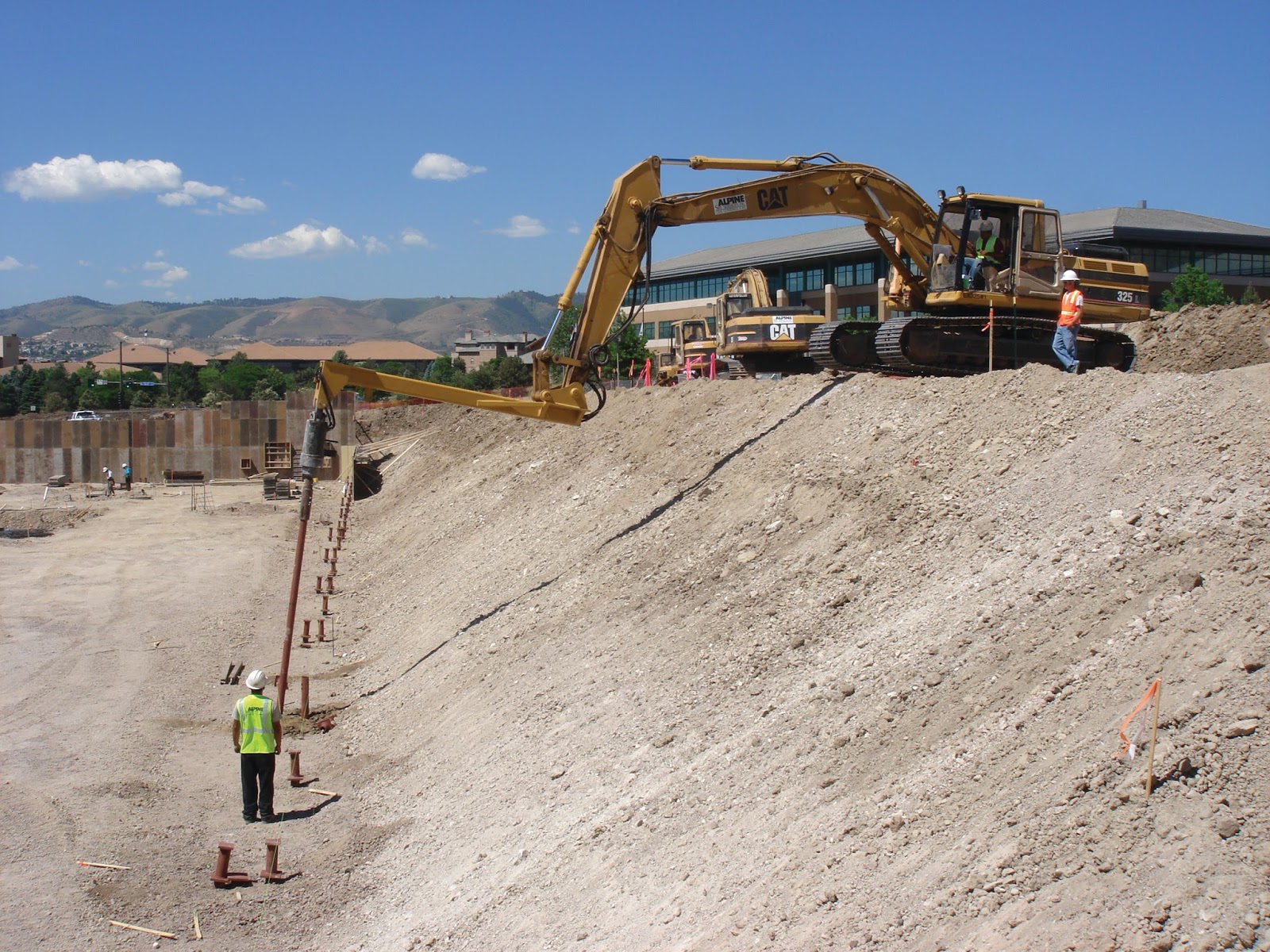Digga drive key features (up to PD50)

Digga’s range of screw anchor and auger drives are the ultimate in performance, quality and cost effectiveness. With over 30 years of design and development, working in the field and listening to the needs of our customers to exceed their expectations. All Digga drive units are manufactured in Australia, by Digga - from the hood on the drive to the gear box and Eaton motor. Our drives feature key design modifications to stand them apart from the competition: Integrated motor and output housing unit Our custom designed hydraulic motors were developed in conjunction with Eaton, using Eaton Geroler technology. Not satisfied with an off-the-shelf motor we developed the design specifically for the earth moving industry; significantly reducing the weight and overall length of the drive unit by integrating the hydraulic motor into the actual housing. Merging the motor with the input housing creates a direct connection to the gearset and eliminates the need for several gearbo...


